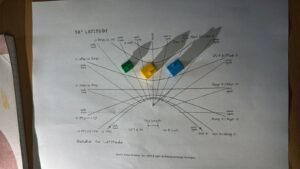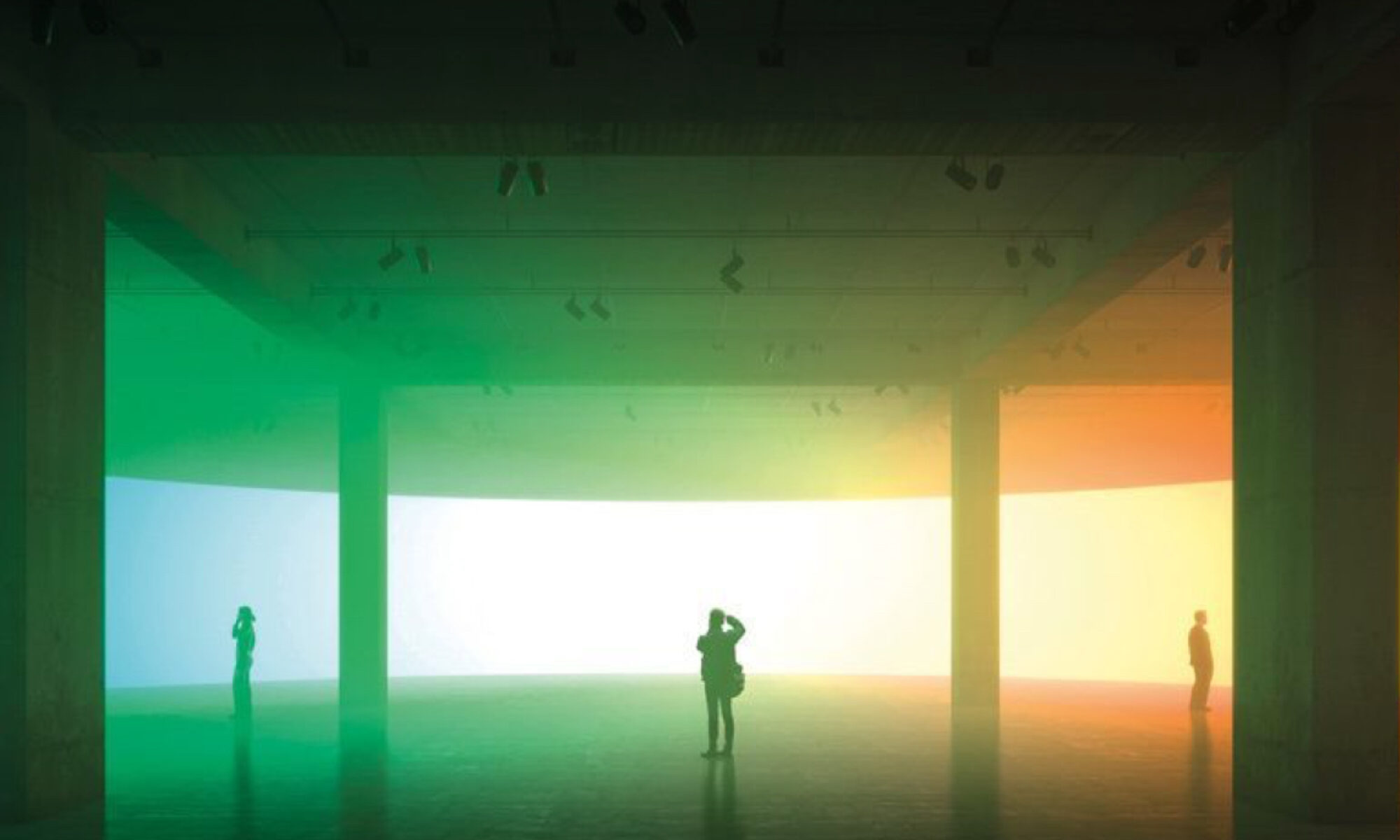Week 2 started with testing the suns path using the sundial method, this process began by tracking how the sun moved throughout the day at different times of the year. This task was useful first step for developing a clearer understanding of the suns position in the sky and how this might affect an interior space throughout the day as the sun moves.

Sun Direction: 0700 August/April 2021 (Image: Josie Lancaster)
Observation: 0700 hours in April/August. First test to understand how the sun affects houses during the months of April and August (spring/summer). During this time of year the sun is higher creating less shadow behind the houses.

Sun Direction: 1100 February/October 2021 (Image: Josie Lancaster)
Observation: 1100 hours in February/October. Second test to determine the contrast of the sun during the months of February and October (winter/autumn). The sun during these seasons is much lower in the sky creating greater shadow. Houses were grouped to understand how this would impact neighbouring properties, the green house received minimal sunlight at this time.

Sun Direction: 1500 March/September 2021 (Image: Josie Lancaster)
Observation: 1500 hours in March and September. Houses were arranged in a horizontal line to determine if this provided an equal share of sunlight to the houses. This formation of housing provided mostly equal sunlight throughout the day. The green house was slightly overshadowed by the yellow house during the early morning sunlight but at 1500 hours the houses had equal sunlight/shade and approximately 75% of the houses had light at this time.

Sun Direction: 1200 January/November 2021 (Image: Josie Lancaster)
Observation: 1200 hours during January and November when the sun is extremely low in the sky. The houses in this formation received approximately 50% light at midday during these months. This task lead me to think more about the patterns houses and buildings are laid out in the cities we inhabit and how they might be effected by the sunlight. Was the suns path considered during the construction and planning of the buildings we see on a daily basis?

Sun Direction: (Image: Josie Lancaster)
During this lighting test I observed the effects of the sunlight on the interior space during March and September 1600, Azimuth 245, 20 degrees North. The sun light shone through the slit and reflected onto the wall adjacent to the opening creating a pattern as pictured above.

Coloured Light: (Image Josie Lancaster)
Observation: December 1400 hours, 208 Azimuth, 11 degrees North. The colour transformed the interior space providing a soft hue to the space. The sun was very low in the sky at this time and most of the interior space still remained quiet dark but the effects of the colour were still extremely prominent.
I really enjoyed this task, it took some time to understand in the beginning but it was a useful way to develop my knowledge of how light can impact the internal design of a space.








